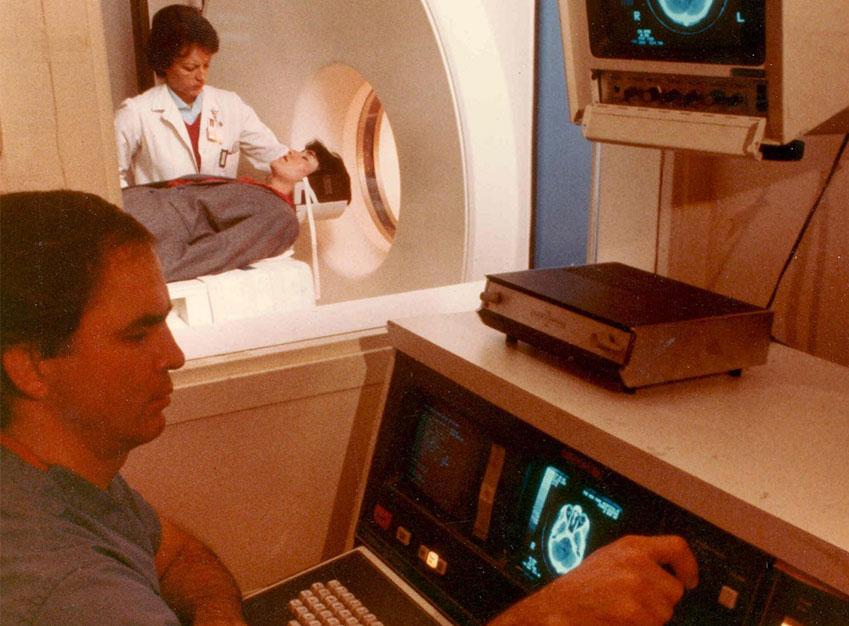
Throughout the years, the medical center has grown to become a premier health center. Some of the people who produced pioneer research or treatments were Drs. George Papanicolaou (Pap Smear); Vincent du Vigneaud (penicillin and Nobel Prize winner for research on oxytocin hormones); Harold Gold (heart drugs); Eugene DuBois (calorimeter/metabolism); Harold Wolff, (headaches, psychosomatic diseases and human ecology); Benjamin Kean (tropical medicine); Irving Wright (vascular diseases); John McLean (ophthalmology); May Wilson (rheumatic diseases), Carl Smith (pediatric hematology); Margaret Hilgarter (hemophilia); Maria New (pediatric endocrinology); Fritz Fuchs (obstetrics & gynecology); Zev Rosenwaks (infertility); Joseph Artusio and Alan Van Poznak (anesthesia); and Ade Milhorat (muscular dystrophy) to name only a few.
NewYork-Presbyterian Hospital/Weill Cornell Medical Center (formerly New York Hospital-Cornell Medical Center) has been a leader in medical advancements that included the first eye bank in the United States (1944) and the first kidney transplant (1963) and MRI machine (1983) in the New York metropolitan area.
The medical center patient care facilities include the William Randolph Hearst Burn Center; the Perinatology Center, the Rogosin Kidney Center (Rogosin Institute); the Thalassemia Center (oldest in the country, founded in 1944); the Blood Bank; the Center for Reproductive Medicine and Infertility; and the International Health Care Service.

Specialized research programs include the Institute of the History of Psychiatry, the Center for Special Studies (AIDS), the Stroke and Critical Care Research Center (first federally funded center of its kind founded in 1958), the Margaret M. Dyson Vision Research Center, and the Howard Gilman Institute for Valvular Heart Diseases.
In 1998, the medical college was renamed Joan and Sanford I. Weill Medical College of Cornell University (now shortened to Weill Cornell Medical College). New York Hospital and Presbyterian Hospital merged in 1997 to form NewYork-Presbyterian Hospital, with two distinct medical centers (NewYork-Presbyterian Hospital/Columbia University Medical Center and NewYork-Presbyterian Hospital/Weill Cornell Medical Center) that brought full circle the vision of unity begun in 1917.

